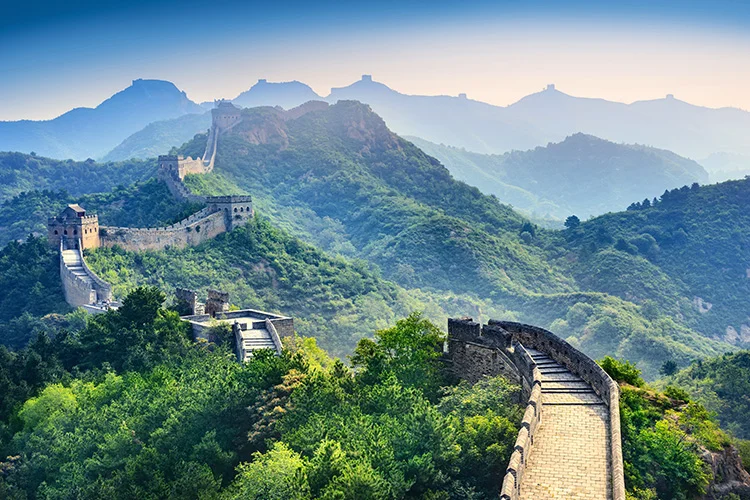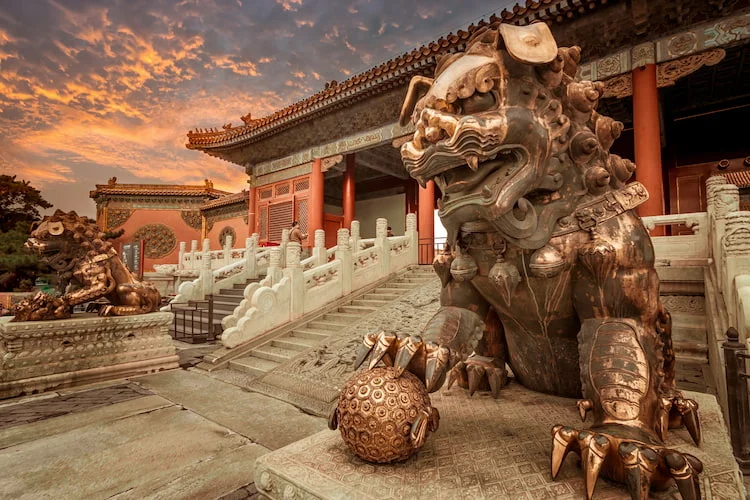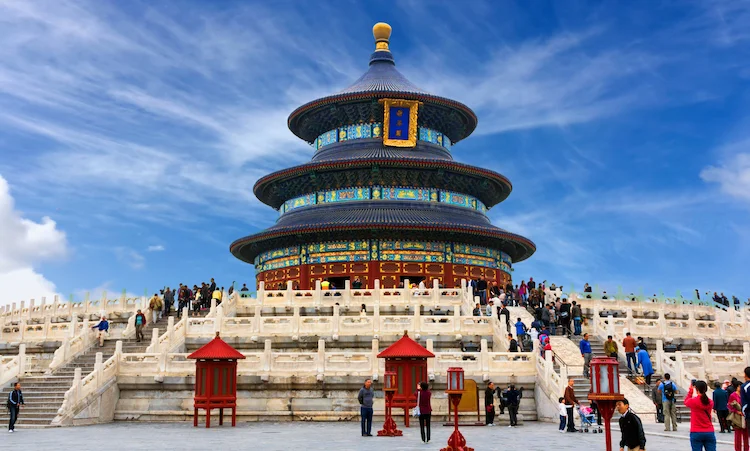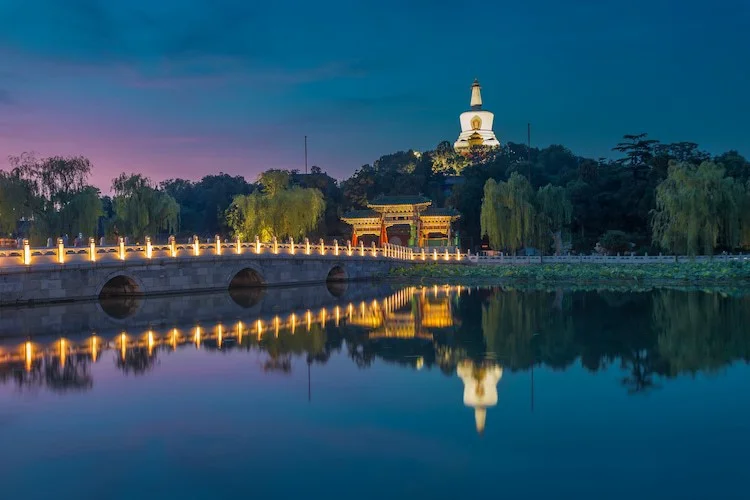
Great Wall of China
The Great Wall of China is an iconic structure and a UNESCO World Heritage site. Constituted from several different defensive walls, it was during the reign of the first Emperor Qin Shi Huang in 221 BC that the Great Wall of China was amalgamated into the single structure we know today. At its peak, the Great Wall of China stretched for approximately 5,500 miles from Shanhaiguan in east China to Lop Nur in the west.
Ming Tombs
The Ming Tombs were established by the third Ming emperor, Yongle, in the fifteenth century and house the mausoleums of 13 emperors of the Ming Dynasty. Three of the Ming Tombs are open to the public. Emperor Yongle’s tomb, known as Chang Ling, is perhaps the most remarkable of the three, with its ornate interiors and impressive architecture.


The Forbidden City
The Forbidden City, also known as the Imperial Palace or the Palace Museum, is a fifteenth century palace complex in Beijing. Sprawled over a staggering 720,000 square meters and very well-preserved, The Forbidden City is one of the most popular tourist destinations in China and is on UNESCO’s list of World Heritage sites.
Temple of Heaven
The Temple of Heaven in Tiantan Park in Beijing was originally built by Ming Dynasty Emperor Yongle in 1420 as a place of worship for Chinese emperors. However, it was only during the reign of the Jiajing Emperor that the site was named The Temple of Heaven as well as being extended and renovated.


Beihai Park
Beihai Park is an imperial garden and palace in Beijing, China established during the Liao Dynasty in the first century AD. Beihai Park has undergone significant changes and renovations, with each imperial dynasty making its mark on the gardens. Spanning more than 69 hectares, Beihai Park contains numerous historical structures and was considered at one time to be the “nucleus” of Beijing.